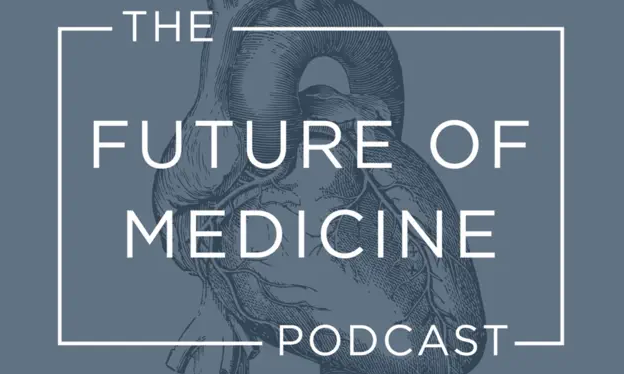Cardiovascular Blind Spots and How Cleerly Is Changing the Game
In The Future of Medicine Podcast, Aaron Wenzel, MD, and Jennifer Justus, MSN, APRN, FNP-C dive into how Cleerly has revolutionized their ability to...
To reduce heart attack rates, make CCTA the new standard of care.
By James K. Min
To improve heart attack prevention, there is an urgent unmet need to modernize our approach from late-stage symptom-driven care to direct disease-based care, a care paradigm that addresses heart attack risk in all patients across the entire continuum of heart disease severity.
When it comes to identifying and intervening against heart disease, waiting for a patient to present with chest pain is akin to waiting for someone to develop advanced cancer rather than pinpointing it earlier when treatments may be more effective. While waiting for late-stage disease is not an ideal preventive approach, this approach has nevertheless represented the historical standard of heart disease care for decades.
Our approach to heart disease has been ineffective, with a person dying of heart disease every 1.7 seconds, and with more than half of all heart attacks occurring in individuals who experience no symptoms before the catastrophic event takes place.
See full article HERE.

In The Future of Medicine Podcast, Aaron Wenzel, MD, and Jennifer Justus, MSN, APRN, FNP-C dive into how Cleerly has revolutionized their ability to...

Inside Precision Medicine features our Chief Scientific Officer, Dr. Udo Hoffmann, on how AI has changed CT imaging and the TRANSFORM trial that may...

Selected from more than 10,000 private healthcare companies, Cleerly is named one of CB Insight’s Digital Health 50 based on R&D, Mosaic scores,...

In this interview, Cleerly Founder and CEO, James Min, MD, shares how despite advances in cardiology, most heart attacks occur without warning....

CNBC interviews Cleerly CEO, James Min, MD, on how Cleerly aims to improve personalized cardiac care and create a world without heart attacks. Read...
It’s American Heart Month, and Cleerly, a startup that uses artificial intelligence to change the way we diagnose cardiovascular disease is keeping...